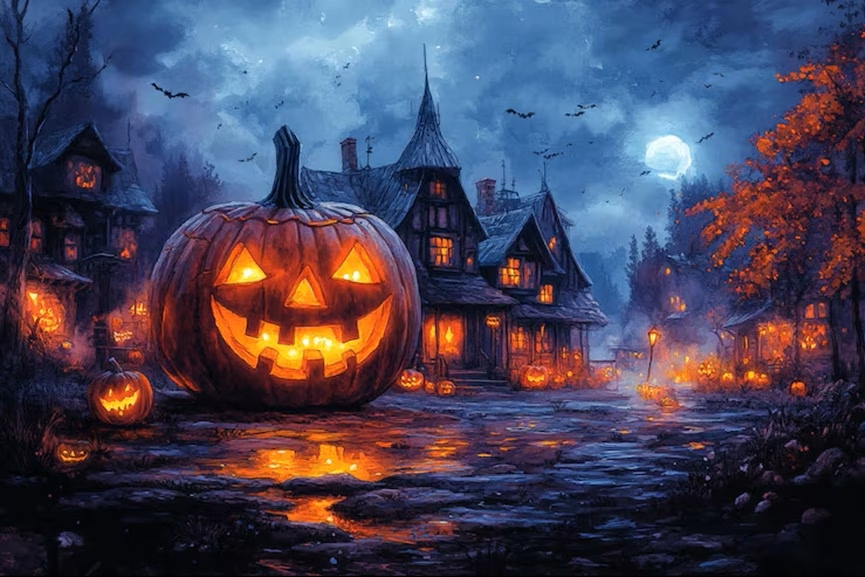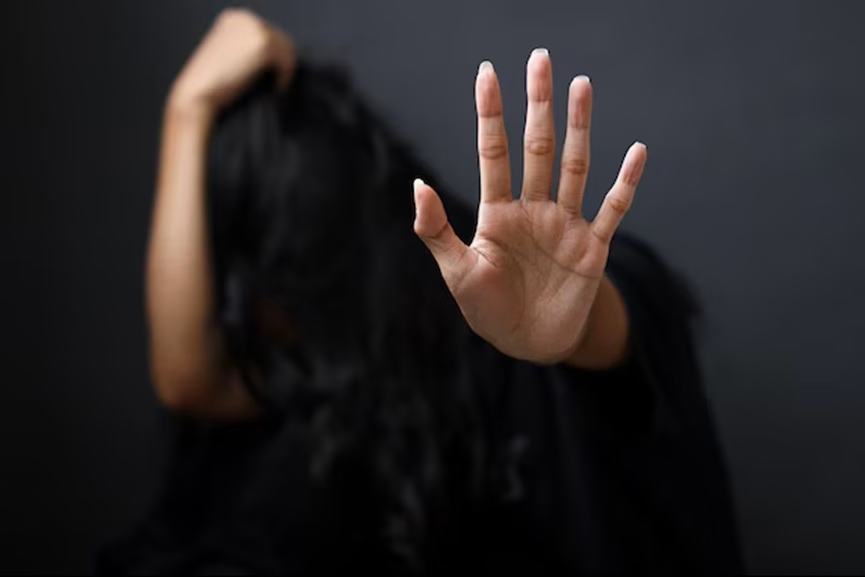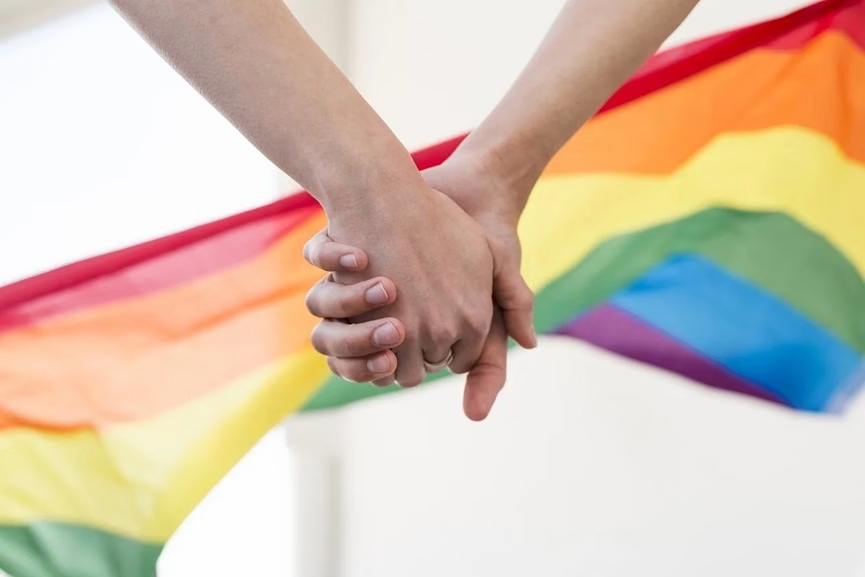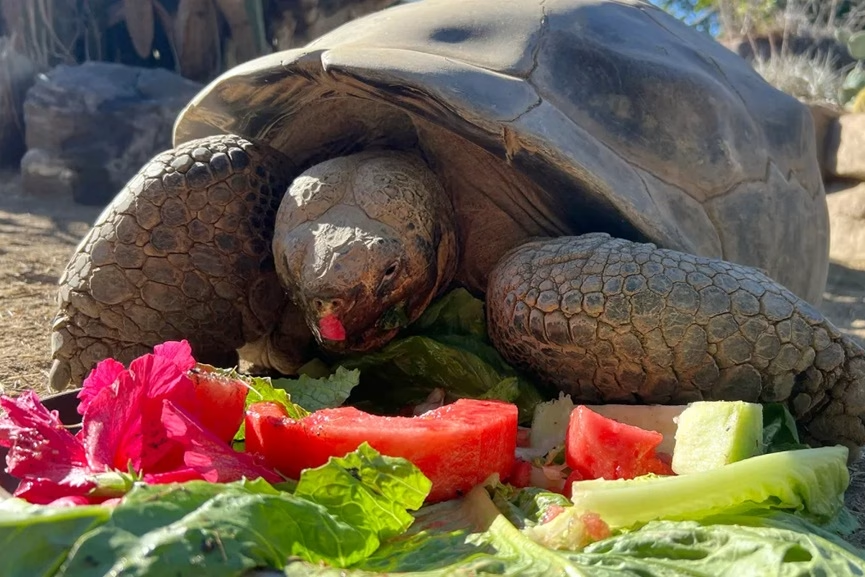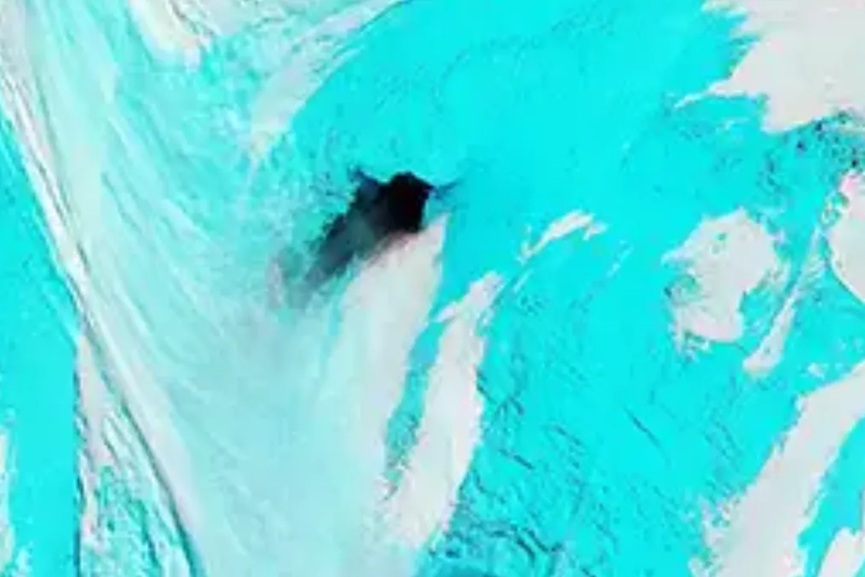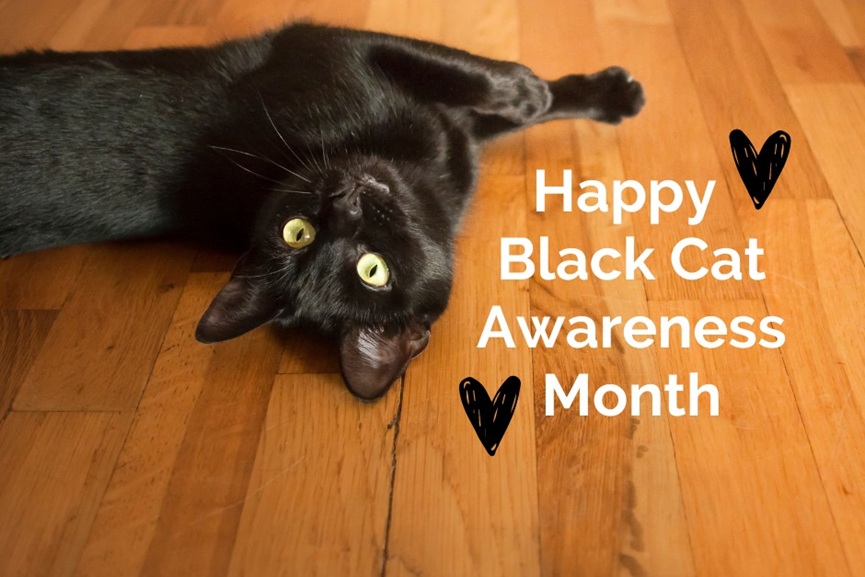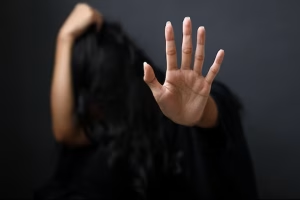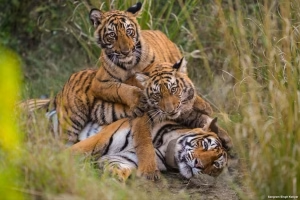Every year on October 31, families place pumpkins on doorsteps, children roam door-to-door in costumes, and neighbourhoods glow under plastic skeletons and flickering orange lights. It feels playful — a night of sugar, masks and make-believe.
But Halloween didn’t start as fun. It began as a survival ritual — a bargain between the living and the unseen, shaped by fear of winter and faith in forces beyond human control.
Born From Darkness and Hunger
More than 2,000 years ago, Celtic farmers in Ireland and the British Isles marked the end of the harvest with Samhain, the festival that split the warm, bright months from the long, punishing cold.
This transition wasn’t symbolic; it was a real danger. Winter threatened food supplies, livestock, and life itself. And on that night when autumn surrendered to frost, the boundary between the human world and the spirit realm was believed to thin.
Villagers left food outside to placate wandering souls. They covered their faces with animal hides to avoid being recognized by spirits. Bonfires were lit to guard against what could not be seen.
It wasn’t a celebration of ghosts; it was an attempt to control them. Halloween’s roots were not morbid. They were practical. A spiritual insurance policy against a season of fear.
HALLOWEEN AT THE WHITE HOUSE 🎃 pic.twitter.com/I04cG81Z0J
— The White House (@WhiteHouse) October 30, 2025
A Sacred Rewrite
Centuries later, Christianity spread through Celtic lands. The Church couldn’t erase Samhain; it was too deeply woven into community life. So instead, it layered meaning on top of it. In the 8th century, All Saints’ Day was moved to November 1. The evening before? All Hallows’ Eve -eventually, Halloween.
Candles replaced bonfires. Saints replaced spirits. But not everything vanished. People still dressed up. Still offered food. Still felt that October night held something mysterious. The result wasn’t erasure- it was adaptation. A pagan ritual softened into a spiritual vigil, blending fear with faith in a deliberate balancing act.

Masks, Myths, and the Psychology of Pretending
Even the pumpkin has a ghost of an older form. In Ireland, carved turnips with grim faces warded off a wandering soul from folklore, Stingy Jack. The American pumpkin later took its place, glowing brighter, easier to carve, and quickly turned into a seasonal icon.
Yet beneath the costumes and carving lies a deeper human instinct. The Celts masked themselves to hide from spirits. Today, masks let us hide from judgment. Psychologists say disguises release suppressed parts of who we are, explaining why Halloween can feel liberating, mischievous, and a little wild. The mask doesn’t conceal truth; it loosens it. Across the Ocean, Into the Age of Candy
When Irish immigrants arrived in America in the 1800s, they carried the festival with them. It merged with American culture, commerce, and storytelling.
Ghost tales by firelight became haunted houses. Quiet rituals transformed into neighbourhood parades. Candy companies turned trick-or-treating into a booming business by the mid-20th century.
Fear became entertainment, packaged and sold. But excitement still pulses through it, a safe brush with danger, the thrill of the unknown, a ritual echo of ancient instincts.
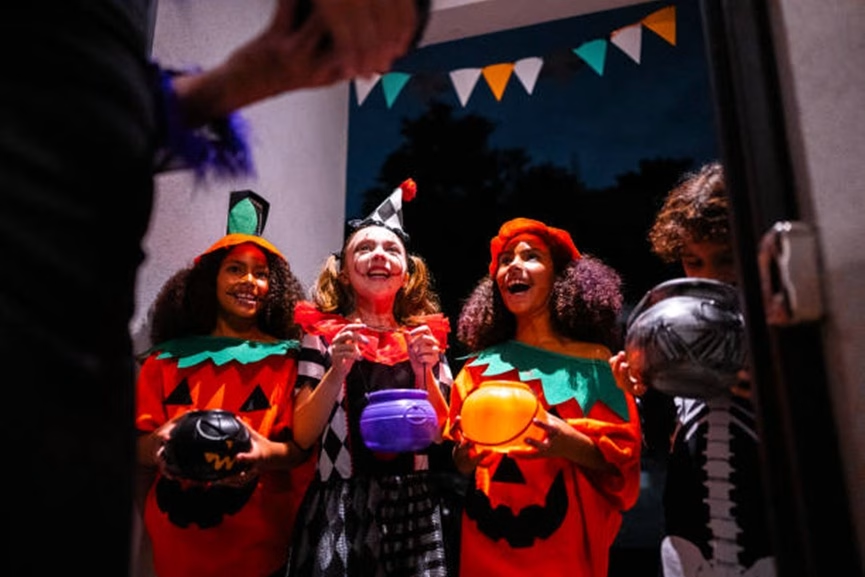
Where Ancient Shadows Meet Digital Candles
Today, Halloween stretches far beyond one night. Costume trends for weeks. Ghost stories circulate on TikTok. Witchcraft has gone from whispered ritual to Instagram aesthetic. Tarot decks sit beside scented candles in modern living rooms.
Stripped of terror, wrapped in creativity, Halloween has returned to what it has always been- a way to understand darkness without surrendering to it.
And every year, when the masks come out and lights flicker against the early chill, we repeat something ancient: a collective attempt to tame the night, honour mystery, and find comfort at the edge of winter.
It began as fear. It survived through faith. It lives on as a story we continue to tell- one pumpkin, one costume, one flickering light at a time.



